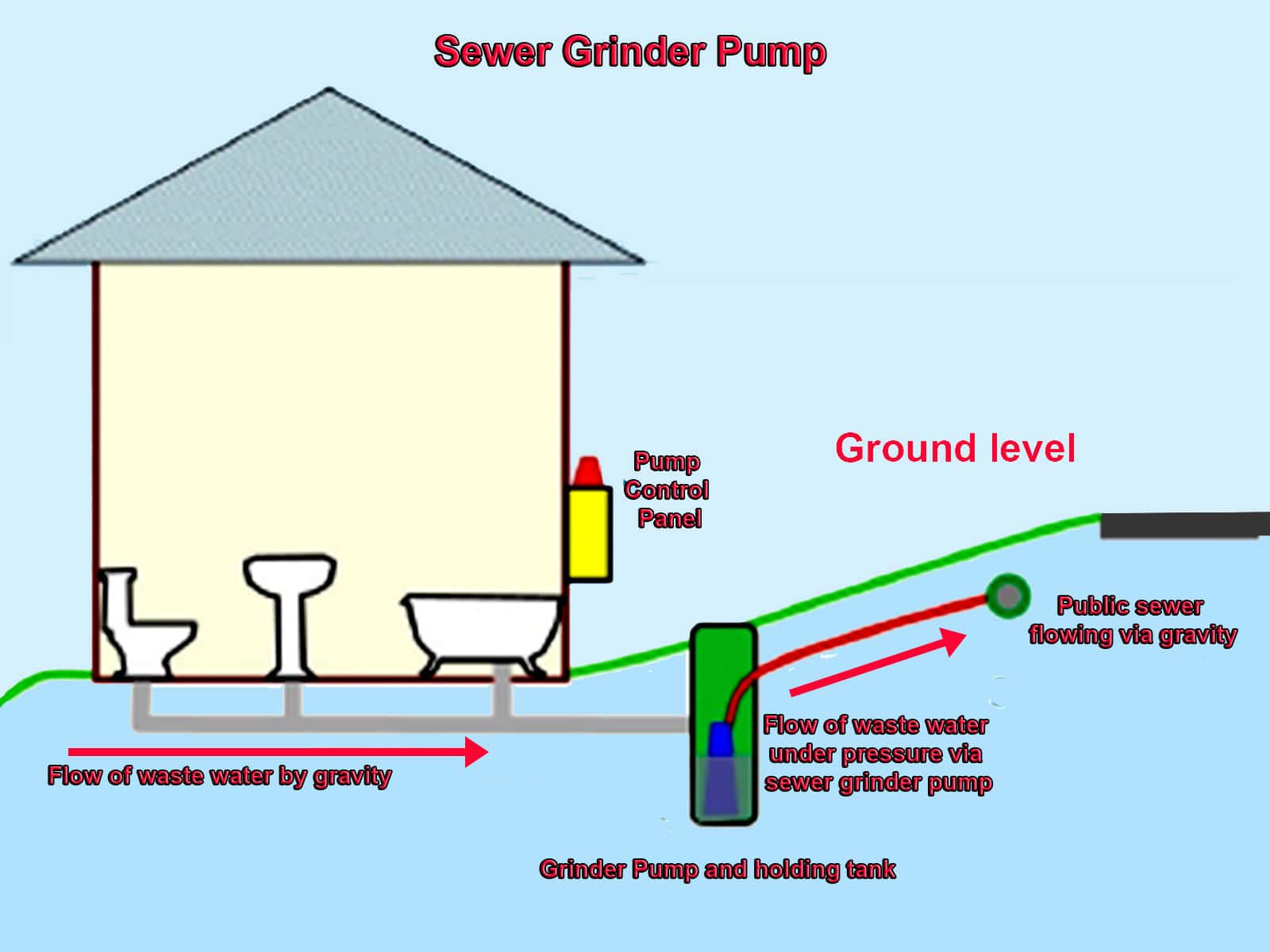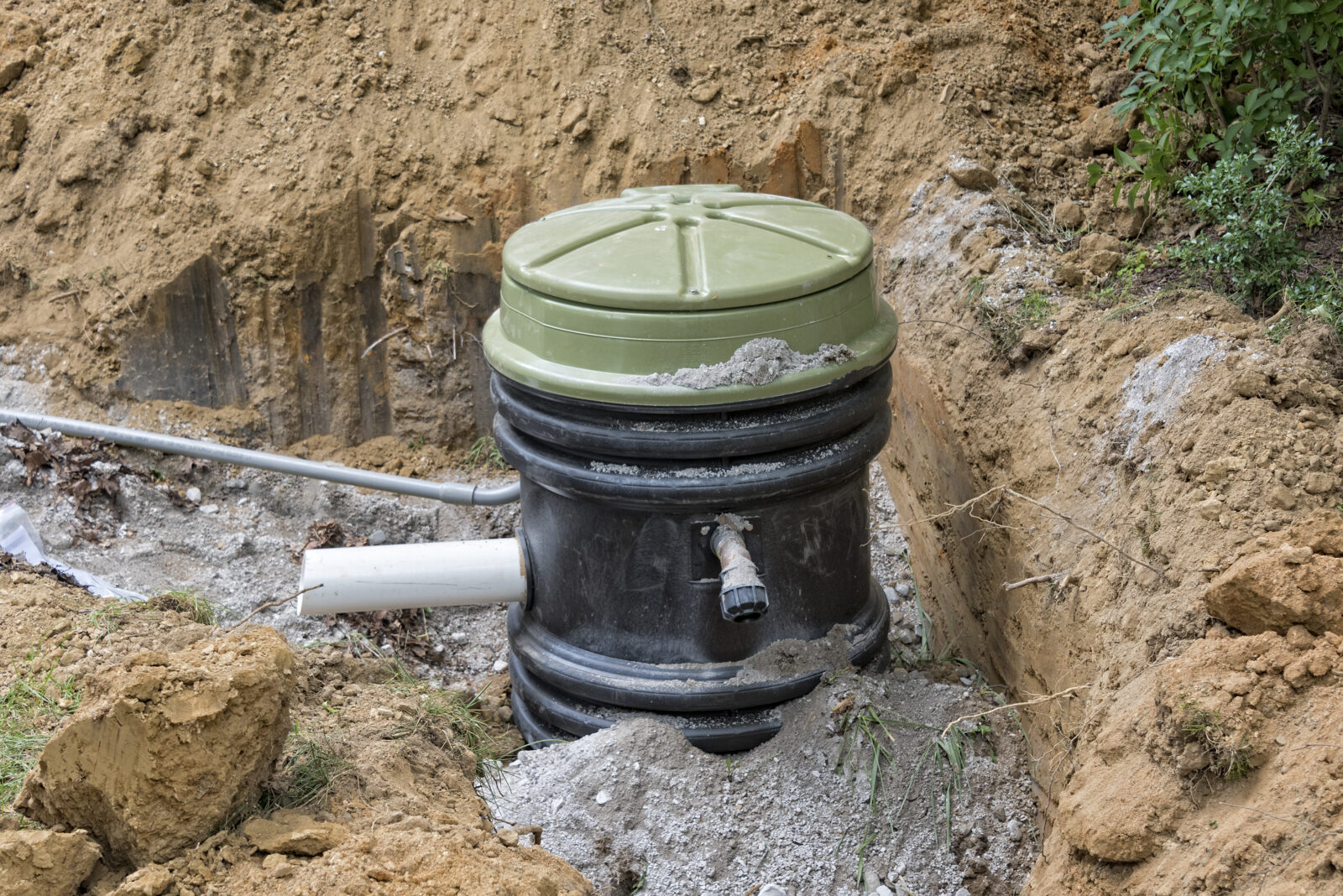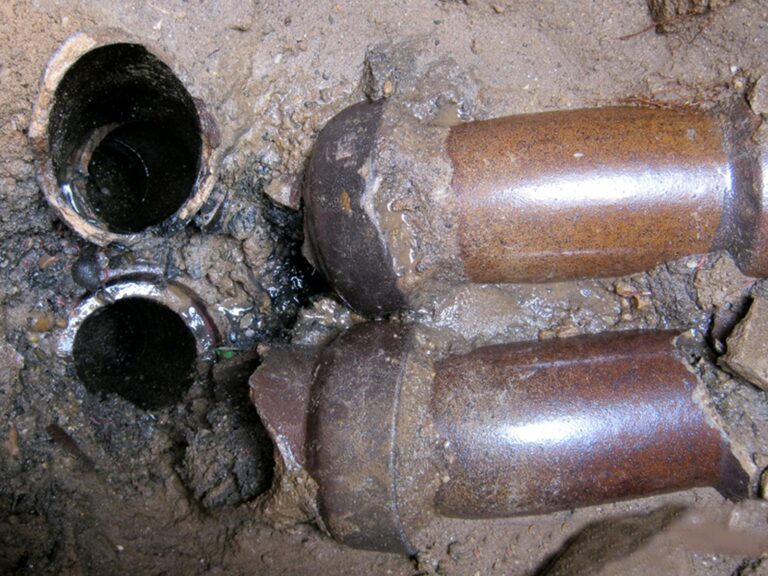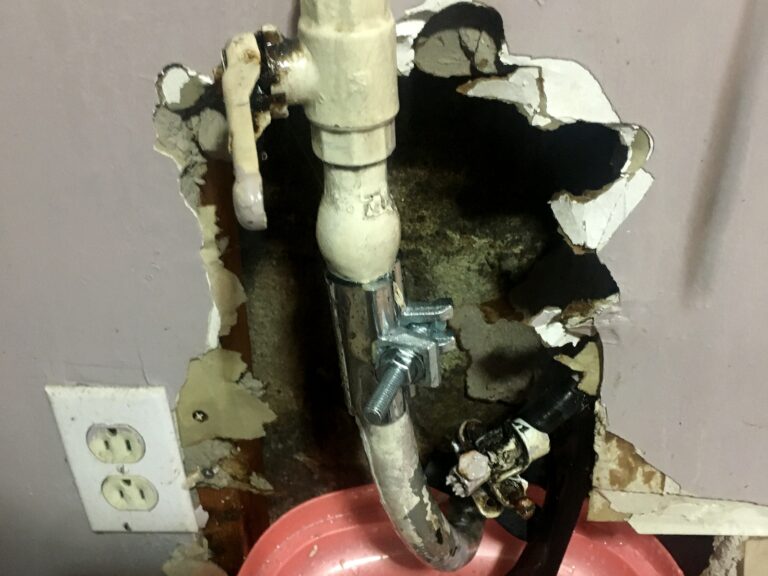Sewer pumps are only used in a small percentage of buildings and are also known as sewage ejector pumps. When they are installed, they play a vital but often overlooked role in maintaining the proper functioning of your house drain and sewer system. These unassuming devices are crucial in homes with below-grade bathrooms or those situated below the house sewer, or the municipal sewer line itself.
In this fairly all-inclusive article, we will explore the 4 basic types of sewer pumps that are used in homes and virtually any type of building. We’ll cover different types, their purpose, design, maintenance, and lifespan.

Your 5-Part Complete Sewer Pump Tutorial
I. The 4 Primary Types of Sewer Pumps
Sewer pumps come in various types, sizes, makes, and models. Each of them is designed to cater to specific needs within a home that requires sewage pumping. Understanding these various types of pumps is essential for selecting the right pump for your specific requirements, and in most cases, a plumbing professional is best to make that decision.
1.Submersible Sewer Pumps:
- Submersible pumps are designed to be placed inside the sewage basin.
- They are fully submerged in wastewater, which cools the motor and reduces noise.
- Submersible pumps are ideal for homes with bathrooms below the sewer line.
2. Grinder Sewer Pumps:
- Grinder pumps are designed to break down solid waste. This makes a grinder pump most suitable where toilets are present inside a building.
- They shred waste into smaller particles, preventing clogs and blockages inside drain pipes.
- A grinder pump will pump wastewater under pressure until it reaches a suitable height to then flow by gravity to the house drain, the house sewer, or the public sewer itself. When a sewer works under pressure instead of gravity, it is known as a force main sewer.
3. Maceration Sewer Pumps:
- Maceration pumps use rotating blades to macerate waste into a slurry, making it easier to pump.
- They are suitable for locations where a gravity-based sewer connection is not possible.
4. Upflush Toilets:
- “Upflush toilets” are a fairly unique type of sewer pump. They are installed where toilets cannot dispose of waste by the traditional use of gravity itself.
- An “upflush toilet” system pumps waste upward until it can enter your house drain and then flow by gravity. This eliminates the need for costly and labor-intensive plumbing modifications.

II. Purpose of Sewer Pumps
Sewer pumps serve to make your house plumbing function properly a gravity-based drainage system is not possible, and extremely costly to achieve. Here are the primary reasons why they are used:
- Below-Grade Bathrooms: Homes with bathrooms located in basements or below the sewer line rely on sewer pumps to move wastewater higher to reach the main sewer line.
- Remote Bathrooms: Homes in remote or secluded areas often lack access to municipal sewer systems. In this case, a sewer pump allows for wastewater to be transported to a septic tank or some other point of wastewater disposal.
- Preventing Flooding: Sewer pumps (also known as sump pumps) help prevent sewage backups and potential flooding in low-lying areas, safeguarding the home and its occupants. Sump pumps are also frequently installed where there is a high groundwater table.
- Efficient Waste Disposal: Grinder and maceration pumps make it possible to dispose of solid waste in areas where conventional plumbing might not be feasible.
III. Design and Components of a Sewer Pump
Sewer pumps are designed with specific features and components to ensure their efficient operation. The following are some of the key design elements of these pumps:
- Sewage Basin: A watertight container that holds the wastewater and the pump. It is equipped with an inlet pipe and an outlet pipe for wastewater transport.
- Impeller: A spinning device that moves wastewater from the basin into the pump.
- Motor: The heart of the pump, usually submerged in sewage, is designed to handle the harsh environment. Submersible pumps have sealed motors to prevent water intrusion.
- Float Switch: A float switch acts as a sensor to trigger the pump to turn on and off based on the level of water in the sump of the pump. In this way, the float acts to prevent an overflow of wastewater, or damage to the pump by running needlessly.
- Check Valve: A one-way valve in the discharge pipe that prevents wastewater from flowing back into the basin.
- Housing: The outer casing that protects the internal components and muffles noise, if any.

IV. Maintenance of Sewer Pumps
Proper maintenance is essential to ensure the longevity and functionality of sewer pumps. Regular maintenance tasks include:
- Check the Float Switch: Ensuring that the float switch is working correctly is the first and vital step to prevent a calamity. If the float switch gets stuck in place or fails, the pump will not activate. This is the major cause of sewage backups and basement flooding.
- Cleaning: Periodically clean the pump itself, especially where the wastewater has to enter. Also, clean the sewage basin, or sump the pump lies in, to remove debris and prevent clogs.
- Lubrication: Some pumps require lubrication to function properly. Check the manufacturer’s recommendations for the type and frequency of lubrication.
- Inspect the Check Valve: Regularly inspect the check valve on the discharge pipe for blockages or damage. A faulty check valve can lead to backflow issues (backflow is when water is allowed to flow back into the pump, and the sump pit). This can lead to unnecessary running of the pump itself, which leads to wear and tear.
- Test the Alarm System: If your pump has an alarm system, regularly test it to ensure it signals problems promptly. If you are unaware your pump is not functioning, flooding can easily occur.
- Professional Servicing: On more sophisticated pumps, schedule periodic professional servicing to check for wear and tear and address any issues before they become critical.
V. The Lifespan of Sewer Pumps
How long a sewer pump may last can vary depending on such factors as the pump type, quality, frequency of use, and level of maintenance. However, on average, sewer pumps can last between 7 and 10 years. Submersible pumps tend to last longer than other types due to their design, with some exceeding 15 years of service with proper care. Grinder and maceration pumps may have a shorter lifespan, typically around 5 to 7 years, due to the additional strain caused by processing solid waste.
The 5 Major Factors influencing the lifespan of sewer pumps
- Quality: High-quality pumps often have a longer lifespan and may come with warranties.
- Maintenance: Regular maintenance extends the life of the pump and ensures it functions correctly.
- Usage: Pumps used for toilets or in homes with a high wastewater output may wear out faster than those used for sinks and showers. That is also why pumps must be specked out according to their intended workload and use.
- Load: Overloading the pump with excessive waste can shorten its lifespan.
- Power Supply: Inconsistent or inadequate power can lead to motor burnout and reduced lifespan.
- Water Quality: The presence of corrosive or abrasive substances in the wastewater can accelerate wear and tear, as can a high mineral content, or a high saline (salt) level.
In Conclusion About Sewer Pumps, Their Value, and Maintenance
Sewer pumps are unsung heroes in homes with challenging plumbing situations, allowing homeowners to enjoy the conveniences of modern living even in basements, remote locations, or low-level locations.
This article has hopefully been successful in giving you a basic understanding of the different types of sewer pumps, their purposes, designs, their maintenance needs, and their typical lifespans. This knowledge can enable you as a homeowner, or a building owner, to ensure these vital components of your plumbing system continue to operate efficiently.
Sewer Pumps Are Vital To Ensure Your Plumbing Works & Your Home Is Protected
Thus, protecting your home or building from sewage backups and flooding. A key and often overlooked thing is regular maintenance and proper care. These relatively simple tasks will help extend the lifespan of your sewer pump. Providing you with peace of mind, and uninterrupted wastewater, rainwater, or groundwater disposal for years to come.





